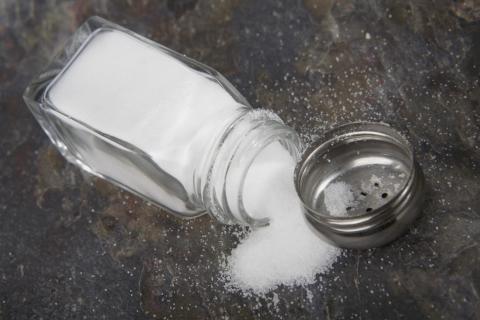Salt Awareness Week – the dangers of eating too much salt

During Salt Awareness Week (4-10 March) the Public Health Agency (PHA) is reminding everyone of the dangers of eating too much salt and advising that moderation is key.
Caroline Bloomfield, Health and Social Wellbeing Improvement Senior Manager at the PHA, said: “A very small amount of salt is an essential part of our diet; however, often without realising it, most of us are eating too much and this can have health impacts.
“Too much salt in our diet can increase the risk of stroke and heart disease, some of the leading causes of disability and death in Northern Ireland. It can also contribute to high blood pressure, also known as hypertension. Hypertension often has no symptoms, but if you have the condition, you are more likely to develop heart disease or have a stroke.”
It is recommended that adults eat no more than six grams of salt a day (about a teaspoon) and children should have even less.
“We can all take greater control over our salt intake by simply using less salt during cooking and at the table,” said Caroline. “It’s important to remember to taste food at the table before adding salt, rather than automatically adding it.
“Seventy-five percent of the salt we consume is already in the food we buy. Ready meals and snack foods, such as crisps, in particular can be very high in salt. By reading product labels before we buy, we can choose the products that are lower in salt and better for our health.”
If a product uses the ‘traffic light’ indicators on its packaging, try to go for products marked green or amber for salt content, and stay clear of products marked red for salt.
For foods that don’t use red, amber and green labels, more than 1.5g of salt per 100g is high in salt; between 0.3g and 1.5g has medium salt content; and 0.3g of salt or less per 100g is low in salt.
The Choose to Live Better website has further advice and tips on eating well and getting active – www.choosetolivebetter.com Additional information on salt intake can be found at www.nhs.uk/livewell/goodfood/pages/salt.aspx
